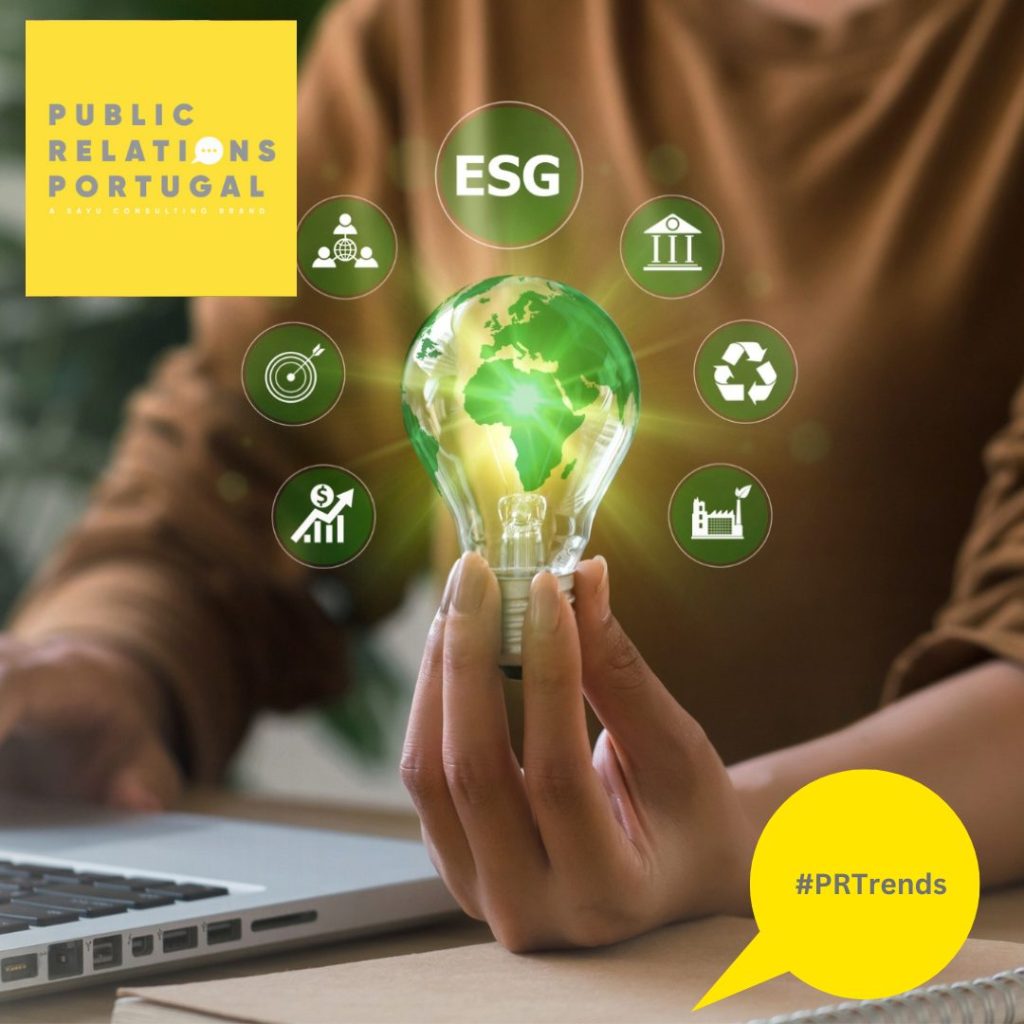
An effective ESG marketing communication approach is essential for businesses looking to showcase their commitment to sustainability, social responsibility, and ethical governance. A strong ESG content strategy not only builds trust but also strengthens brand reputation and fosters meaningful engagement with stakeholders.
Define your ESG priorities
To build a solid ESG content strategy, start by identifying the key topics that align with your business values and objectives. These may include:
- Environmental impact: reducing emissions, promoting sustainability, and conserving resources.
- Social responsibility: supporting diversity, employee well-being, and community initiatives.
- Governance: ensuring transparency, ethical leadership, and compliance with regulations.
Audit and improve existing content
Conducting a content audit helps assess how well ESG topics are covered in your current materials. Identify any gaps, refresh outdated information, and develop a structured editorial plan to ensure ESG messaging is consistently incorporated across all communication channels.
Be honest: avoid greenwashing and empty promises in ESG marketing communication
One of the biggest mistakes in ESG content marketing is exaggerating efforts or making vague, unverified claims. Audiences are increasingly skeptical of companies that promote sustainability without taking meaningful action.
To maintain credibility, focus on real, measurable initiatives rather than using ESG power purely as a branding tool. Share data, provide third-party validations when possible, and acknowledge areas where there is still room for improvement. Transparency and accountability are key to gaining and maintaining trust.
Ensuring consistency across channels
For your ESG strategy to be effective, messaging should be aligned across all platforms, including:
- Website & blog: share detailed insights and progress updates.
- Social media: engage audiences with bite-sized ESG content.
- Newsletters & reports: provide regular updates on ESG initiatives and key milestones.
Create tailored content for each platform while maintaining a unified brand voice and message.
Involving stakeholders and employees in your ESG marketing communication
Successful ESG communication involves both internal and external stakeholders. Collaborate with employees, investors, and customers to ensure alignment with your company’s broader sustainability goals. Encourage employee participation by providing training and resources to help them confidently communicate ESG initiatives.
Conclusion
A well-integrated ESG marketing communication strategy enhances credibility, fosters stakeholder trust, and strengthens brand reputation. By prioritizing transparency, maintaining consistent messaging, and leveraging diverse content formats, businesses can create meaningful ESG content that drives engagement and contributes to a more sustainable future.